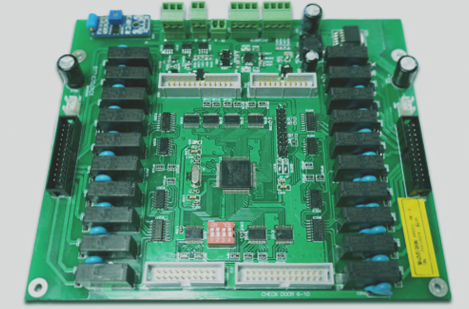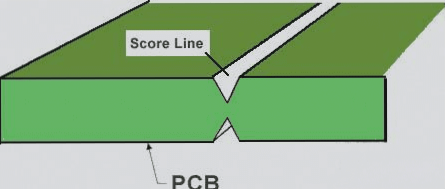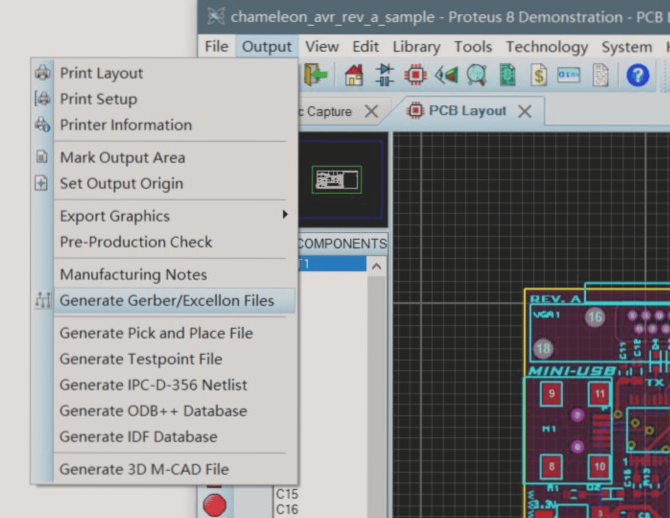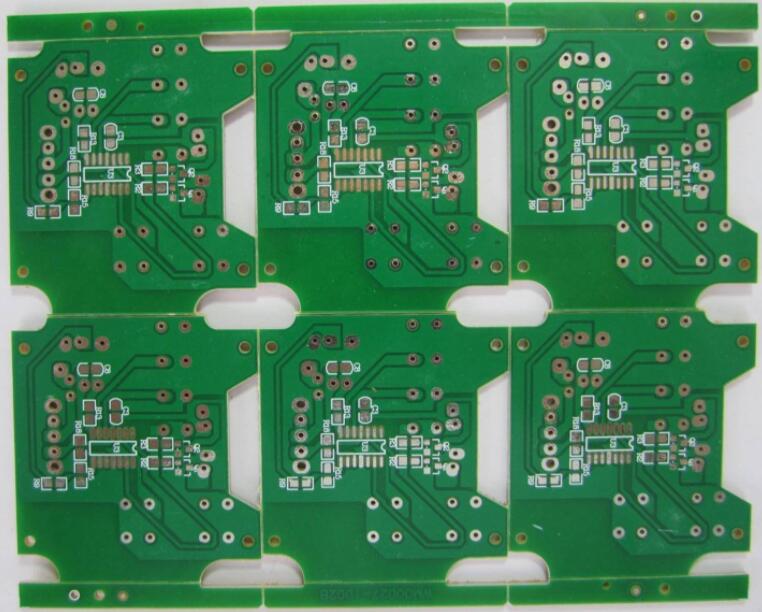PCBA Processed Products: The First Three Inspection System Explained
Understanding the Importance of the First Three Inspection System in PCBA Processing
When it comes to PCBA processed products, the first three inspection system plays a crucial role in ensuring quality and compliance. Let’s delve into what this system entails and why it is essential for the production process.
1. Self-Inspection, Mutual Inspection, and Special Inspection
- Self-Inspection: Production and operation employees examine products at their workstations, comparing them against work instructions and samples.
- Mutual Inspection: Section chiefs verify products produced by their teams, ensuring compliance and notifying the production engineer of any issues.
- Special Inspection: Assess products based on customer requirements, BOM, and production technical documents to confirm compliance and quality.

2. Foundation of the Three-Inspection System
The first article serves as the foundation, with standards set by agreed-upon samples and guidance documents. Accuracy in material, soldering, and electrical properties is crucial to meet customer specifications.
3. Precautions and Control Requirements
- Precautions: Conduct first article inspections early to identify system factors affecting quality and prevent scrappage.
- Control Requirements: Harmonize technical documents, verify component alignment, and ensure strict adherence to design and process standards.
4. Identification and Records
Mark and retain the first article that passes inspection for traceability until batch production is complete. All personnel involved must sign the “first inspection form” for quality traceability.
Implementing the first three inspection system in PCBA processing is crucial for maintaining quality, enhancing efficiency, and minimizing rework. Quality is non-negotiable in ensuring customer satisfaction and product excellence.




